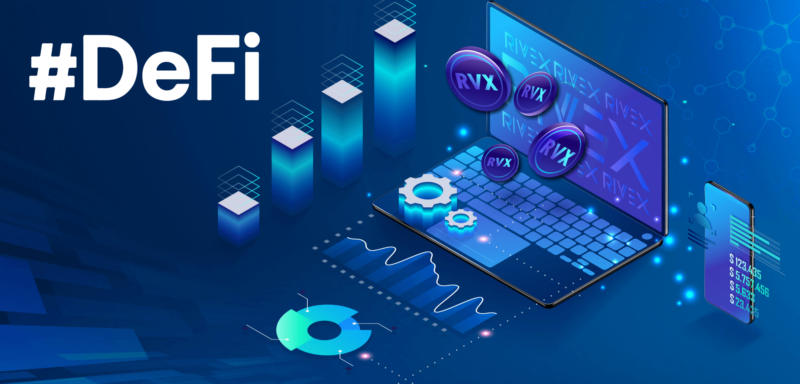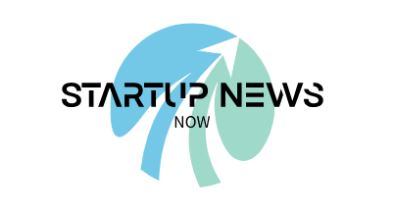
Decentralized Finance (DeFi) represents a paradigm shift in the world of finance, leveraging blockchain technology to create an open and permissionless financial ecosystem. By eliminating intermediaries, DeFi aims to provide more inclusive, transparent, and efficient financial services. This article explores the core concepts, key innovations, benefits, challenges, and future trends of DeFi, shedding light on how it is transforming the financial landscape.
What is Decentralized Finance (DeFi)?
Decentralized Finance, or DeFi, refers to a collection of financial applications and services built on blockchain networks. Unlike traditional finance, which relies on centralized institutions like banks and brokerages, DeFi utilizes decentralized networks and protocols to operate autonomously through smart contracts. This approach democratizes access to financial services, enabling anyone with an internet connection to participate.
The Rise of DeFi
DeFi has gained significant traction since its inception, driven by the growth of blockchain technology and cryptocurrencies. The total value locked (TVL) in DeFi protocols has skyrocketed, reflecting increased trust and adoption by users worldwide. This rapid expansion underscores the transformative potential of DeFi in reshaping financial systems.
Core Concepts of DeFi
Smart Contracts
Smart contracts are self-executing agreements with the terms directly written into code. They automatically enforce and execute transactions without the need for intermediaries, ensuring transparency and reducing the risk of fraud.
Decentralized Applications (dApps)
Decentralized applications, or dApps, run on blockchain networks and interact with smart contracts. These applications provide various financial services, such as lending, borrowing, and trading, in a decentralized manner.
Tokens and Cryptocurrencies
Tokens are digital assets that represent value and can be used within DeFi ecosystems. Cryptocurrencies like Bitcoin and Ethereum serve as the backbone of DeFi, facilitating transactions and providing liquidity.
Key Innovations in DeFi
Lending and Borrowing Platforms
DeFi platforms like Compound and Aave enable users to lend their cryptocurrencies to others in exchange for interest or borrow assets by providing collateral. This peer-to-peer lending system eliminates the need for traditional banks.
Decentralized Exchanges (DEXs)
Decentralized exchanges, such as Uniswap and SushiSwap, allow users to trade cryptocurrencies directly with each other without intermediaries. These platforms offer greater security and privacy compared to centralized exchanges.
Yield Farming and Liquidity Mining
Yield farming involves providing liquidity to DeFi protocols in exchange for rewards, typically in the form of tokens. Liquidity mining incentivizes users to contribute assets to pools, enhancing liquidity and earning passive income.
Stablecoins
Stablecoins are cryptocurrencies pegged to stable assets like the US dollar, mitigating the volatility commonly associated with digital currencies. They play a crucial role in DeFi by providing a stable medium of exchange and store of value.
Insurance Protocols
DeFi insurance protocols, such as Nexus Mutual, offer coverage for smart contract failures, hacks, and other risks. These protocols enhance the security and trustworthiness of DeFi platforms.
Benefits of DeFi
Financial Inclusion
DeFi provides financial services to individuals who lack access to traditional banking systems, particularly in underserved regions. By leveraging blockchain technology, DeFi can reach a global audience.
Transparency and Security
Blockchain technology ensures that all transactions are transparent and immutable. This transparency reduces the risk of fraud and increases trust among users.
Lower Costs
DeFi reduces costs by eliminating intermediaries and leveraging automation through smart contracts. Users benefit from lower fees and more efficient financial services.
Programmability
Smart contracts enable the creation of complex financial instruments and automated processes. This programmability allows for innovative financial products and services.
Challenges Facing DeFi
Regulatory Issues
The regulatory landscape for DeFi is still evolving. Lack of clarity and varying regulations across jurisdictions pose challenges for DeFi projects and users.
Security Risks
Despite its potential, DeFi is not without risks. Vulnerabilities in smart contracts and the prevalence of hacking incidents underscore the need for robust security measures.
Scalability
As DeFi continues to grow, scalability becomes a critical issue. High transaction volumes can lead to network congestion and increased fees, necessitating solutions to enhance scalability.
Usability
For DeFi to achieve mainstream adoption, it must improve its user experience. Complex interfaces and a steep learning curve can deter new users from engaging with DeFi platforms.
Future Trends in DeFi
Interoperability
Interoperability between different blockchain networks will enhance the functionality and reach of DeFi. Cross-chain solutions are being developed to enable seamless interactions across various platforms.
Layer 2 Solutions
Layer 2 solutions, such as rollups and sidechains, aim to improve the scalability and efficiency of blockchain networks. These solutions are critical for handling the growing demand for DeFi services.
Institutional Adoption
Institutional interest in DeFi is increasing, with major financial institutions exploring the integration of DeFi protocols. This adoption could bring more liquidity and legitimacy to the DeFi ecosystem.
Enhanced User Experience
Improving the user experience is essential for DeFi’s growth. User-friendly interfaces, better education, and streamlined processes will make DeFi more accessible to a broader audience.
Case Studies in DeFi Innovations
Compound Finance
Compound Finance is a leading DeFi platform that allows users to lend and borrow cryptocurrencies. It operates through smart contracts, providing a transparent and efficient lending system.
Uniswap
Uniswap is a decentralized exchange that facilitates direct cryptocurrency trading between users. Its innovative automated market maker (AMM) model has revolutionized the way assets are traded.
Aave
Aave is a decentralized lending platform known for its diverse range of assets and innovative features, such as flash loans. It has become a cornerstone of the DeFi lending ecosystem.
MakerDAO
MakerDAO issues the stablecoin DAI, which is pegged to the US dollar. The platform allows users to generate DAI by collateralizing their cryptocurrencies, providing a stable and decentralized financial tool.
The Role of DeFi in the Global Economy
Financial Systems
DeFi has the potential to transform global financial systems by providing more efficient, transparent, and inclusive services. It challenges traditional financial institutions and offers new opportunities for economic growth.
Economic Empowerment
By democratizing access to financial services, DeFi empowers individuals and communities, particularly in regions with limited banking infrastructure. It fosters economic participation and innovation.
How to Get Started with DeFi
Choosing a Wallet
Selecting a secure cryptocurrency wallet is the first step in engaging with DeFi. Wallets like MetaMask and Trust Wallet offer compatibility with various DeFi platforms.
Understanding Risks
It’s crucial to understand the risks associated with DeFi, including smart contract vulnerabilities and market volatility. Educating oneself about these risks is essential for safe participation.
Selecting Platforms
Choosing reputable DeFi platforms with strong security measures and a track record of reliability is vital. Research and due diligence are key to making informed decisions.
Conclusion
Decentralized Finance (DeFi) is revolutionizing the financial industry by offering innovative solutions that promote inclusivity, transparency, and efficiency. Despite challenges, the future of DeFi looks promising, with ongoing developments and increasing adoption paving the way for a more decentralized and equitable financial landscape. As DeFi continues to evolve, it holds the potential to reshape global financial systems and empower individuals worldwide.
